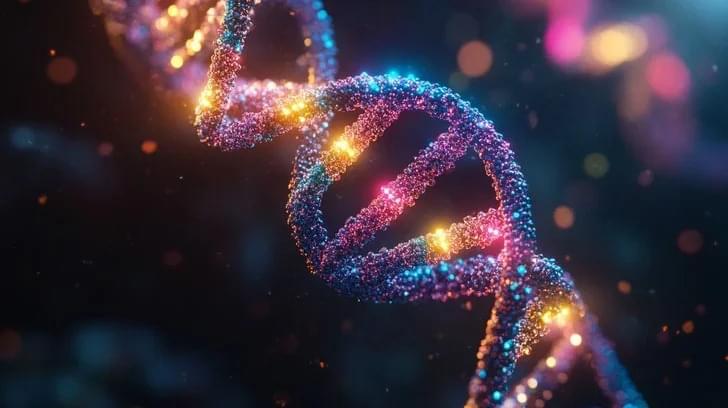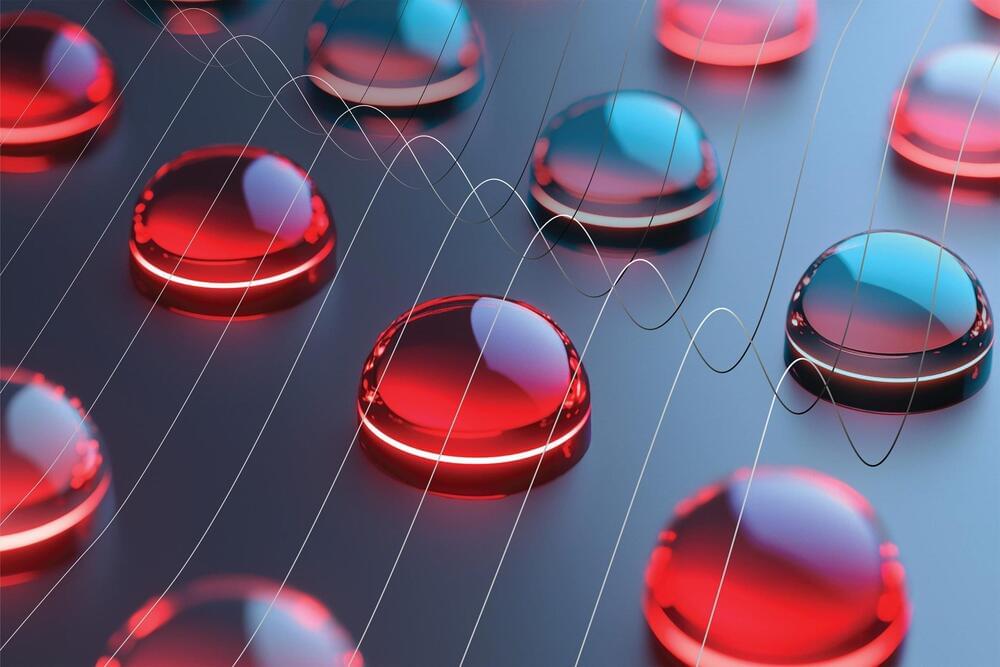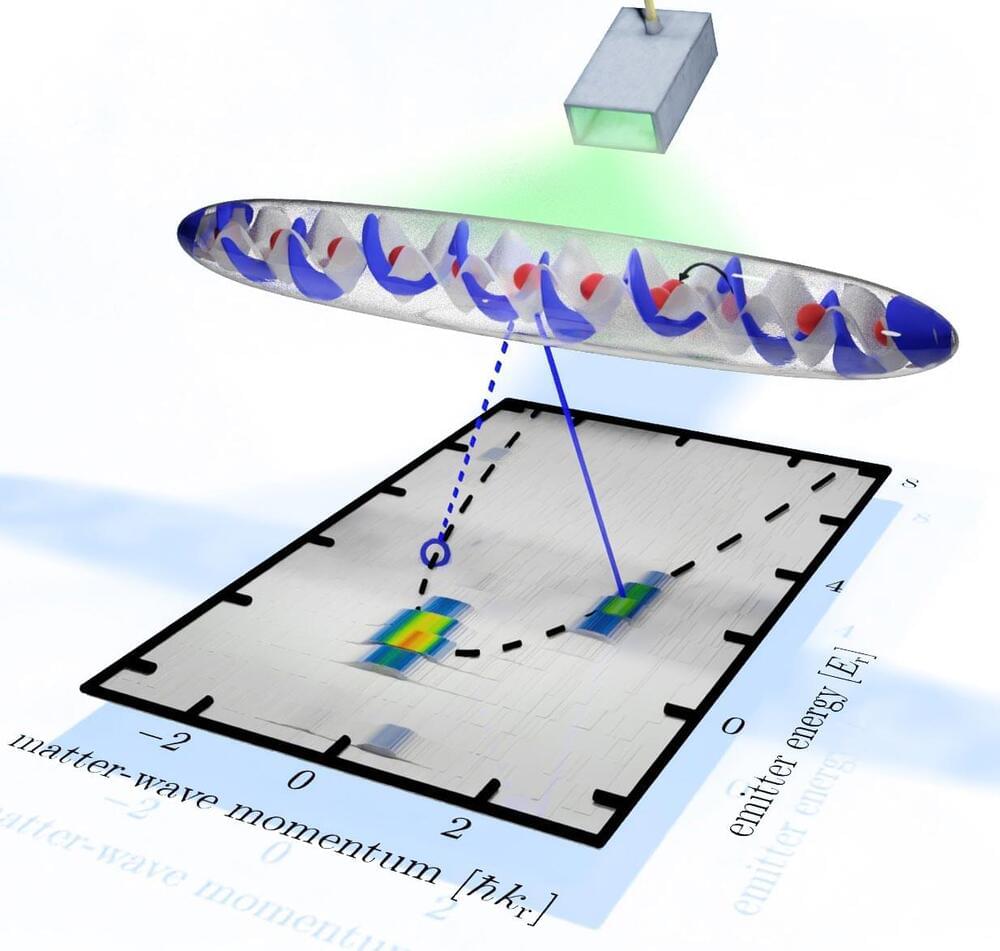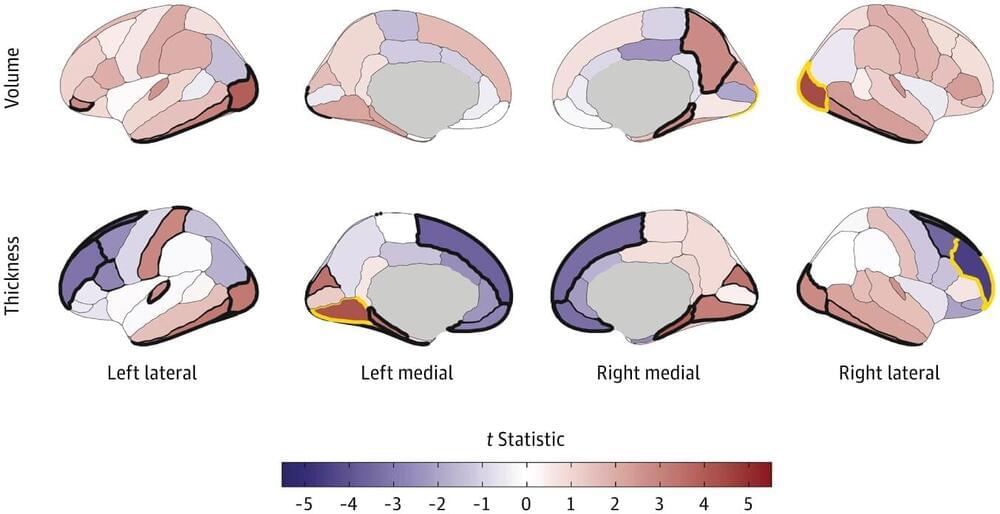Elon the Great.
Sam Altman penned a blog post on his website titled Reflections, where he mused on the brief history of ChatGPT and where OpenAI is heading — AGI came up right away.


In a groundbreaking study, scientists have discovered a way to manipulate the very fabric of life by using light to reshape DNA strands. This innovative approach provides new insights into the material properties of chromosomes, unlocking potential advancements in understanding gene expression and developing treatments for genetic diseases.
Chromatin, the material that makes up chromosomes, is a complex structure where long strands of DNA are wrapped tightly around proteins. Despite its compact nature, chromatin must unfurl in certain regions to allow cells to access and replicate genetic information.
Some areas remain rigid and coiled, silencing genes, while others are flexible and accessible, facilitating gene expression. This duality has led scientists to question whether chromatin behaves like a solid, a liquid, or a hybrid of both.
May the Force Be Among Us: Exploring our MultiVerse with the help of Star Wars and other movies with Jean-Francois Vezina from the series \.


Revolutionary glasses have been engineered to shield individuals from seizure-inducing light, offering a potential new layer of safety for epilepsy patients during daily tasks and entertainment.
People with photosensitive epilepsy may soon benefit from an innovative pair of glasses designed to block light wavelengths known to trigger seizures.
Researchers from the University of Glasgow and the University of Birmingham have developed a prototype liquid crystal lens that could help reduce the risk of seizures. Their findings, published in Cell Reports Physical Science, highlight the potential of this technology to improve the lives of those with photosensitive epilepsy.

Integrated into a high-resolution wireless biosensing device, the antennas could enable researchers to decode complex electrical signals generated by cells.
Monitoring electrical signals in biological systems allows scientists to study how cells communicate, providing valuable insights that can improve the diagnosis and treatment of conditions such as arrhythmia and Alzheimer’s disease.
But devices that record electrical signals in cell cultures and other liquid environments often use wires to connect each electrode on the device to its respective amplifier. Because only so many wires can be connected to the device, this restricts the number of recording sites, limiting the information that can be collected from cells.

A groundbreaking study has revealed a new regime of cooperative radiative phenomena, addressing a 70-year-old puzzle in quantum optics.
By using arrays of synthetic atoms and ultracold matter waves, they uncovered previously unseen collective spontaneous emission effects. These findings not only advance our understanding of fundamental quantum behaviors but also hold promise for practical applications, such as enhancing long-distance quantum networks and improving technologies in quantum science.
Quantum Optical Phenomena

Researchers are developing a groundbreaking, non-medication approach to combat insomnia, particularly in military personnel.
By using a novel brain stimulation technique that targets specific brain networks, the team led by William “Scott” Killgore aims to significantly enhance sleep quality and readiness in service members. Their promising initial results have led to a larger study to further validate and refine this technology.
Military Sleep Challenges

OpenAI CEO Sam Altman said the first artificial intelligence agents might enter the workforce this year as his company inches closer to developing humanlike artificial general intelligence (AGI).
“We believe that, in 2025, we may see the first AI agents ‘join the workforce’ and materially change the output of companies,” said Altman in a blog post titled “Reflections” on Jan. 6.
AI agents or agentic AI refers to artificial intelligence systems that exhibit autonomous decision-making and goal-directed behavior. They can autonomously understand complex goals, make decisions, take actions with minimal human intervention and execute multi-step reasoning processes.

A study led by researchers from the Indiana University School of Medicine, Washington University in St. Louis, and other institutions has identified neuroanatomical differences in children associated with early substance use initiation.
Early-age substance use is strongly associated with a heightened risk for substance use disorders (SUDs) and other adverse outcomes later in life. Neuroanatomical changes in brain structure have been linked to substance use, especially in youth when the brain is undergoing substantial development.
But are the changes seen in substance user brains primarily a result of the substance use itself, or is it an inherent predisposition in some individuals with certain neuroanatomical variations?